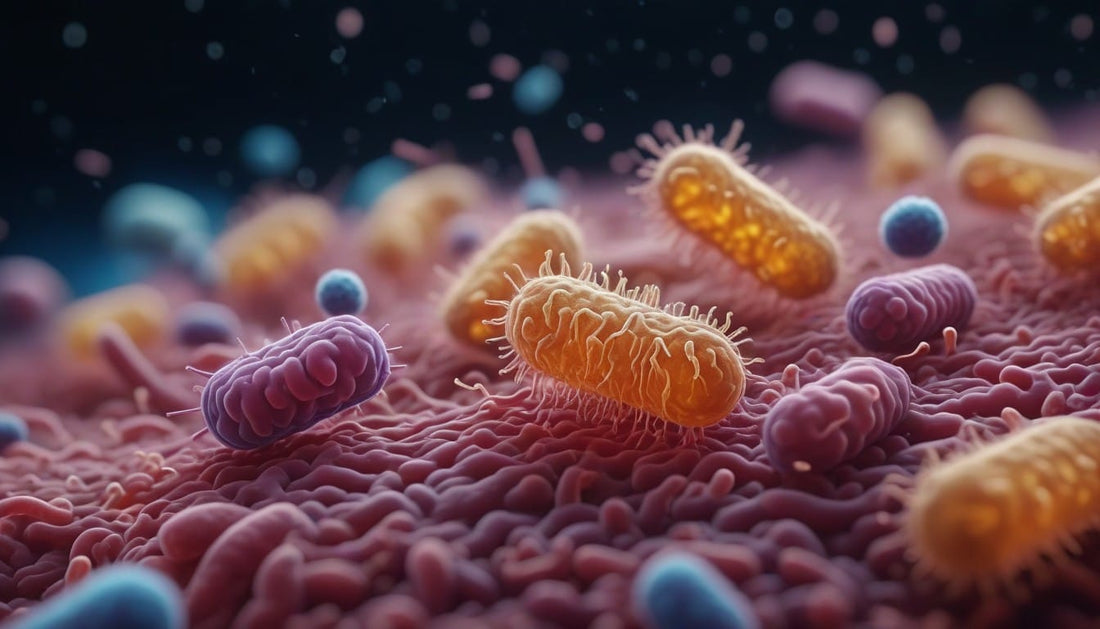Authors: In collaboration with Fleur van Eeden, MSc, General Manager of MyMicroZoo, written by Liliana Sánchez Rocha. Photo taken from: Indian Microbiome database
Read time: 6 minutes
Often, viruses, bacteria, and fungi are seen as dangerous organisms that must be avoided and destroyed at all costs. However, not all microbes are villains. In fact, a selected group takes residence in our bodies and becomes our lifelong allies. Through competition, cooperation, production of chemicals, and even regulation of the immune system, this special microbial community has the power to keep the body in balance. But… are we allowing them to do their job? How can we influence the balance of our microbial residents? Why is this important? To answer these questions, ImmunoWars invited Fleur van Eeden, an expert in the microbiome field and general manager of MyMicroZoo.
MyMicroZoo is devoted to unlocking the hidden secrets of the gut bacteria through personal gut testing. With Fleur’s help, we’ll uncover our unique gut microworld, one in which we are the zookeepers of our own inner “micro zoo.”

What is the gut microbiome?
We should start with two essential concepts, Fleur explains: “The gut microbiome is the collection of all the microbes we have in our gut, it includes viruses, fungi, archaea, and bacteria. If we talk about the gut microbiota, then we refer to only bacteria.” It’s not a coincidence that the term microbiota is widely used, about 95% of our inner microbial world is ruled by bacteria. It is estimated that an individual can host from 400 to 600 bacterial species(1). This diversity provides the body with “microbial specialists” that perform functions our body cannot, making them essential for our health... although some of them may hide dark domination intentions. As long as the community remains balanced, both we and our microbial residents benefit from peaceful coexistence.
Where do gut bacteria come from, and how do they help your body?
“Over millions of years of evolution, our bodies have developed a mutually beneficial relationship with bacteria (and other microbes). Now we rely on them to produce substances such as essential amino acids and vitamins,” Fleur shares. In other words, we provide shelter and food in exchange for ready-to-use nutrients and immune training. But then, how do we acquire these bacteria? Fleur notes that we start building our tiny microbial zoo at birth, through breastfeeding, and by touching and tasting the world around us. Nevertheless, there is a limited amount of time! The body takes the first 1000 days of life to recruit the microbes that will form our microbiota(2). “After that period, there's a cut-off where the immune system doesn’t trust what it hasn’t seen already. There’s some small evidence that some colonization might be possible later in life, but most researchers agree that the microbiota you’ll carry throughout your entire life is mostly shaped when you are very young.’’
How can you influence your gut microbiota?
The vast diversity of bacteria results in a broad range of bacterial needs. Providing limited nutrients will only favor a small population of our bacterial community while neglecting the rest. How can this impact us? Let’s take Escherichia coli (E. coli) as an example. In small quantities, E. coli provides us with vitamin K and works as the gut's interior designer, making the gut cozy for beneficial bacteria. However, if given the chance, E. coli could build an army that could cause gut inflammation and might contribute to disease. On a balanced microbiota, E. coli is checked by other bacteria. Therefore, our diet choices will directly impact our gut bacteria and our health as a result(3).
In addition, lifestyle, diseases, and antibiotic treatments have a great impact on the microbiota. Antibiotics, while lifesaving, still disrupt the microbiota balance. But can they vanish an entire microbiota population? Fleur reassures us that our intestines are quite large. “If you spread it out, it can cover a football field, it's huge!” Therefore, there will be survivors hidden along the gut. The real problem is that opportunistic bacteria, which have the potential to cause harm, are the fastest to repopulate and therefore outcompete beneficial species. However, we can eventually turn things around; our diet is our power.
What are the signs of an unhealthy gut microbiome?
While obvious signs of an unhealthy gut include diarrhea, constipation, and abdominal discomfort, subtler symptoms are often ignored. Do you experience persistent bloating, flatulence, feel constantly tired, have sleep problems, or get sick very often? If conventional medical tests fail to identify a cause, evaluating your microbiota and your diet might be the next step.
What are the risks of an imbalanced microbiota?
An imbalanced microbiota might cause conditions beyond gastrointestinal disorders; there is growing evidence that links our microbiota dysfunction to depression, neurodegenerative diseases, diabetes, or obesity. How can gut bacteria influence mood disorders like depression? “Certain bacteria can produce neurotransmitters that trigger a whole cascade through the vagus nerve. This influences the brain chemistry linked to mood and behavior.” Fleur explains. However, she cautions: “This doesn’t mean that the microbiota is in any sense a solution to this terrible problem. If you know someone who is struggling with this disease and you don’t know how to support them, maybe help them with nutritional meals.”

Are probiotics the best way to fix your gut health?
Many of us have heard about products that contain beneficial bacteria (probiotics); it’s easy to imagine these new packaged bacteria colonizing and bringing health to the gut(4). Are probiotics our microbiota heroes? Fleur helps us to dispel this myth: “Your body recognizes probiotics as not native bacteria and will eventually flush them out. Nevertheless, you can see probiotics as a really good football coach that influences the composition of your current microbiota: it teaches them to play in synchrony. When the coach goes away, the team might keep playing better, but sometimes they can fall back into their disruptive state.” Although it's good to have a coach, the most effective way to improve gut health remains to be our diet. “To modify the baseline of your microbiota, you need to stick to your new diet or lifestyle for about four months,” but don’t make changes too fast! “If you need to increment fiber, take steps of 15% per week. Your bacteria need time to adapt! Otherwise, you might experience bloating,” Fleur explains.
What foods are best for gut health?
“To increase microbiota diversity, it's very good to eat fermented food such as kimchi, kefir, kombucha, or sauerkraut. In general, a healthy diet should include all the colors of the rainbow. It's not just about specific foods but also their nutritional value and diversity in the diet,” Fleur recommends. On the contrary, a restricted diet high in fat content and sugar (processed food) will favor bacteria associated with inflammation. Have you felt bloated lately? Maybe your bacterial community is out of balance.
How to test and evaluate your gut microbiota?
Currently, there are self-testing kits that analyze stool samples through molecular technology. “In MyMicroZoo we provide a summary of the areas that can be improved and give tips on how to achieve a healthier microbiota through lifestyle and dietary changes,” Fleur finalizes.
The gut microbiota is an area of intense scientific research, and experts like Fleur are working to uncover the identities and functions of our gut bacteria. There is still much research ahead, but perhaps a day will come when the microbiota test leads to disease prevention and personalized medicine. Until then, we can already take charge and be the best zookeepers of our own micro zoo.
About MyMicroZoo:
MyMicroZoo offers microbiome analysis. With their microbiome test, they measure all the bacteria in your large intestine. You’ll receive a detailed report comparing your results to a healthy population. Thousands have already taken the test and discovered how to improve their gut health!
Ready to take charge of your health? go to: https://mymicrozoo.com/en

Links of interest:
1. King CH, Desai H, Sylvetsky AC, LoTempio J, Ayanyan S, Carrie J, et al. Baseline human gut microbiota profile in healthy people and standard reporting template. PLoS One. 2019;14(9):e0206484.
2. Aires J. First 1000 Days of Life: Consequences of Antibiotics on Gut Microbiota. Front Microbiol. 2021;12:681427.
3. Blount ZD. The unexhausted potential of E. coli. Elife. 2015;4.
4. Ji J, Jin W, Liu SJ, Jiao Z, Li X. Probiotics, prebiotics, and postbiotics in health and disease. MedComm (2020). 2023;4(6):e420.


